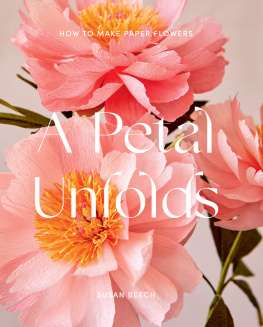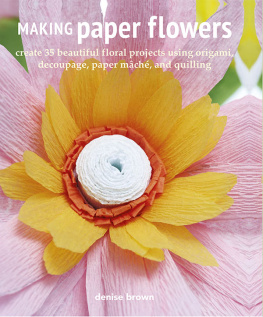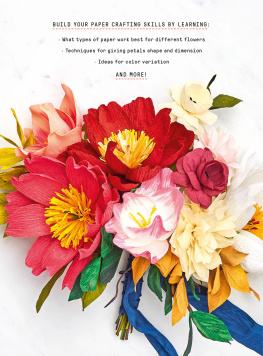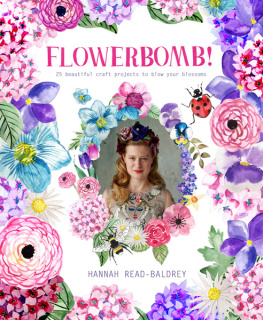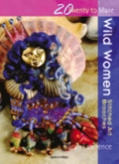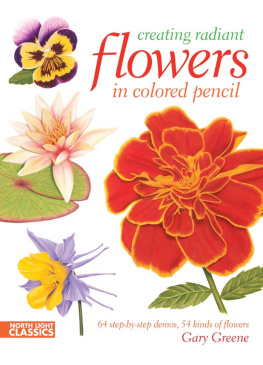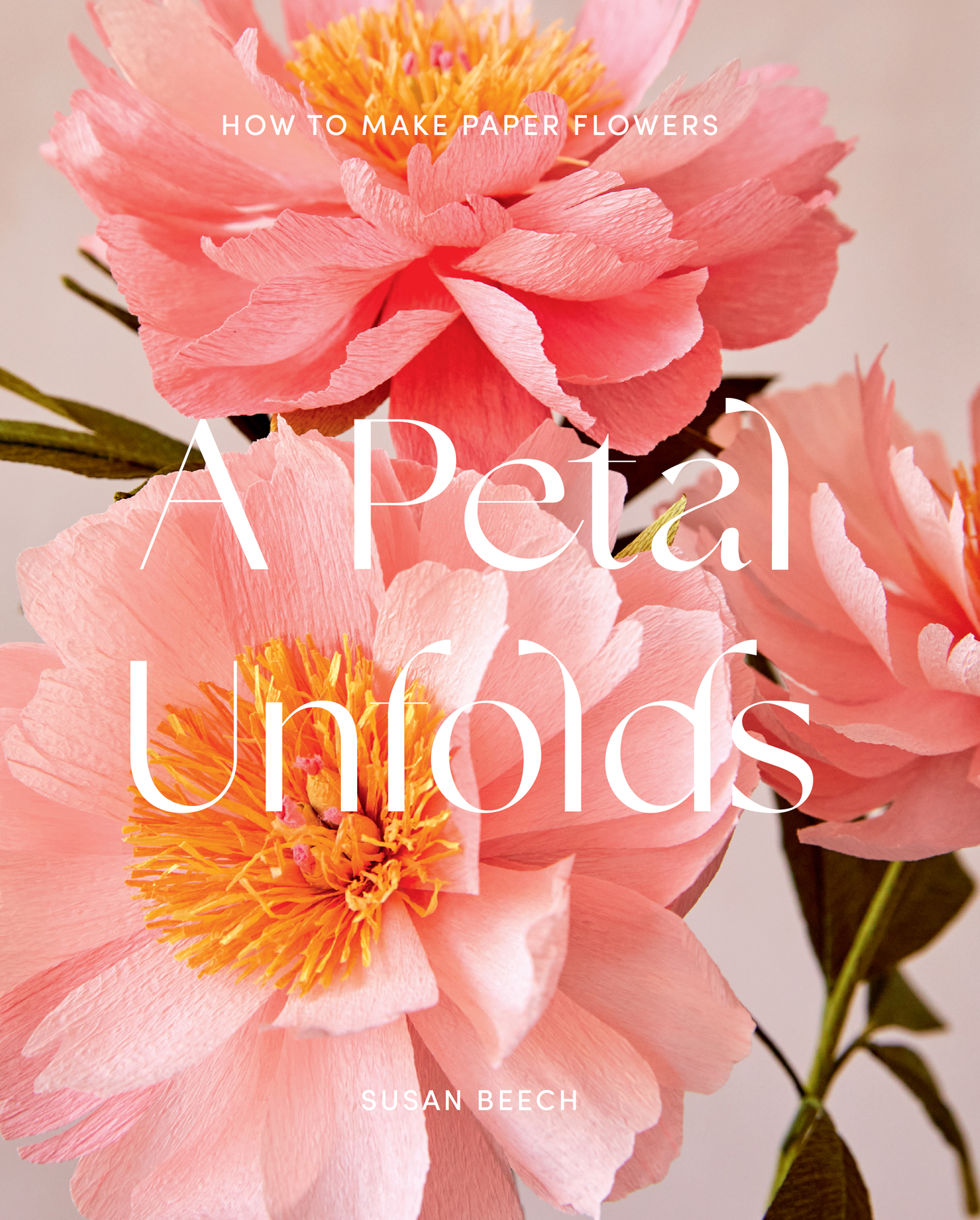Contents
Guide
For John and Grayson
Pavilion
An imprint of HarperCollinsPublishers Ltd
1 London Bridge Street
London SE1 9GF
First published in Great Britain by Pavilion
An imprint of HarperCollinsPublishers Ltd 2022
Text Copyright Susan Beech 2022
Copyright HarperCollinsPublishers Ltd 2022
All rights reserved. No part of this publication may be reproduced, stored in a retrieval system, or transmitted, in any form or by any means, electronic, mechanical, photocopying, recording or otherwise, without the prior permission of the publishers.
A catalogue record for this book is available from the British Library.
Hardback ISBN: 978-1-911663-72-0
eBook ISBN: 978-1-911670-13-1
Photographer: Ola Smit
Props stylist: Milly Bruce
Commissioning editor: Sophie Allen
Design manager: Alice Kennedy-Owen
This ebook contains the following accessibility features which, if supported by your device, can be accessed via your ereader/accessibility settings:
- Change of font size and line height
- Change of background and font colours
- Change of font
- Change justification
- Text to speech
- Page numbers taken from the following print edition: ISBN 9781911663720
Contents
My love of nature goes back to my childhood, which was spent growing up on a farm in Staffordshire. I developed a deep closeness to the natural world. Looking back, the colours, the beauty and the romanticism of the countryside have never left me. I moved away to go to the University of Brighton to do a degree in Fine Art Printmaking, but my work was heavily influenced by the grandness of nature and where I had come from.
I started working with paper in 2013, after previously making a lot of digital work. I felt a real need to go back to making with my hands again. As I spent more and more time working with crepe paper in particular, and discovering what could be done with it, the possibilities seemed endless. It still feels magical to be able to make something so realistic from such simple materials as crepe paper, glue and wire. I hope that through this book you will discover the same sense of wonder and excitement in the making and the materials too.
As a rule, I love to create flowers that are realistic, although it isnt always the most important thing for me. I love there to be some whimsy that also captures the essence and gestures of the flower. When you go on to make your own flowers, over time you will develop your own style of working with paper, as well as start to understand what is most important to you when youre making them.
This book takes you through everything, from taking your first steps with how to cut and shape crepe paper, through to putting together a multitude of hydrangea florets and creating an arrangement and bouquet. Once you learn the standard techniques of flower making, you can go on to make your own templates and your own flowers in your own way.
The flower tutorials within this book have been specially put together to cover a good range of techniques: from the simple to the more complex. Each flower also has qualities that have really resonated with me, and often with the people who have attended my workshops. If you are new to making flowers then I would recommend starting with easier flowers such as anemone, narcissus, poppy and crocus. If you are looking for more challenging flowers I would suggest hydrangea, hollyhock and dahlia.
As with any craft, it does take time and patience at first to learn the techniques, so dont be too hard on yourself when youre starting out. Have fun and experiment. You will be well on your way once some of the basic techniques have been mastered. I hope you enjoy the projects within the book and that flower making brings you many moments of happiness and beautiful creations.
How to use this book
Well get started in the following sections with guiding you through the materials that we use and why we use them, along with the key techniques for making the flowers that follow. I would recommend that you spend some time familiarising yourself with these before getting started on your making. You could even practise some of the techniques and experiment with some of the materials.
Included in the book are 25 flower projects to make with step-by-step instructions. Measurements are given throughout in width x height. Materials required for each individual flower are listed at the beginning of each project. With the crepe papers and some of the other materials, manufacturers reference numbers have been given where possible to clarify exactly which colours have been used.
Do feel free to adapt the tutorials wherever you feel the need to. I use the paper and materials that I feel work best and that will get the results that are shown in the photographs. However, if you would prefer to use an alternative that you have more easily to hand then please do try it.
I hope you find that this book gives you a thorough knowledge in making paper flowers and that you go on to make wonderful projects.
Anatomy of a flower & leaf
To help identify the different parts of the flower and leaves, this shows some of the terms that you may come across when working on the flower projects. Im not a botanist, but these are the terms that I frequently use.
I use crepe paper to make all my flowers because unlike traditional papers, such as card, it has stretch so it can easily be made into a shape. It also has a lovely organic quality that lends itself really well to making paper flowers. Quality papers are different to the crepe you might have encountered before that is often thin and difficult to do anything with theyre much stronger. When I first started making flowers it was really difficult to get hold of but now there are a lot more papers and colours available.
When making a flower for the first time IIl often choose which papers to use by looking closely at the real flower and observing the texture, shape and the colour. Ill then trial the flower in the paper I feel is most appropriate, reworking it again if necessary.
As you work through your own journey of making flowers, you will no doubt come to find the papers that you most prefer working with or are most available to you. The papers below are some that I use the most, and well be working with them throughout the book.

